Recycling Tin: The Whole Journey
Introduction
Tin, a member of the IVA family was first used around 2 000 BC and has contributed to industrial processes throughout history. This article investigates the scientific properties of tin, its historical utilisation and the current development of tin recycling. Given that industrial demand for tin is rising, recycling is an essential component of sustainable resource management.
The Ongoing Significance of Tin and Its Role in Industry
Tin has an atomic number of 50 and a melting point of 231.89 °C. It is a silvery-white metal with a low melting point that exhibits stability, oxidation resistance and a bright appearance. These properties have led to its application in various sectors. In addition to historical uses, tin is employed in the production of solder, tinplate, alloys and a range of chemical products. Industries including electronics, household appliances, information technology, chemistry, metallurgy and aerospace utilise tin.
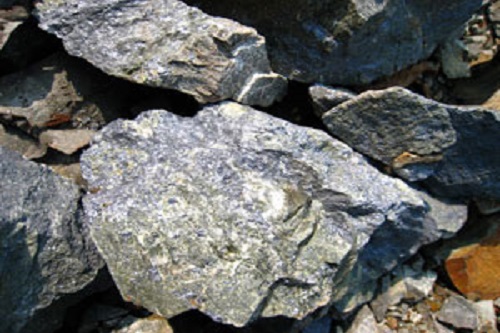
Navigating the Development of the Recycled Tin Industry
Tin is a heavy metal that is both scarce and expensive. It faces two main challenges: increasing global consumption and diminishing natural reserves. Consequently, the tin recycling industry has emerged as an environmentally sound alternative. It supplements primary tin production and contributes to energy saving, environmental protection and cost reduction in industrial production.
In industrialised nations, recycled tin accounts for more than 60 % of overall tin production. Countries such as the United States, the United Kingdom, Germany and Japan play leading roles in this sector, thereby underlining the global importance of recycled tin.
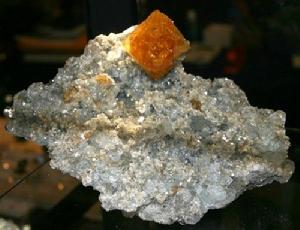
Revealing the Sources and Recycling Methods of Tin
Tin is obtained directly from concentrates, referred to as primary tin, and through the recycling of tin-containing waste – a process known as recycled tin. This section presents details on the use of recycled tin resources, including tin-bearing ore, paragenetic ore, tailings, slag and other waste materials.
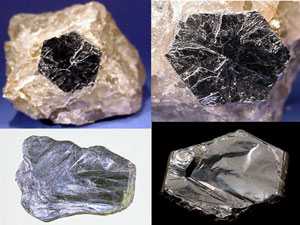
Investigation of Tin Scrap Types
This section examines various forms of tin waste, such as tin slag, grey tin, tin wire, solder paste and silver tin. The recycling of these materials contributes to sustainable resource management and aligns with global efforts to reduce waste and environmental impact.
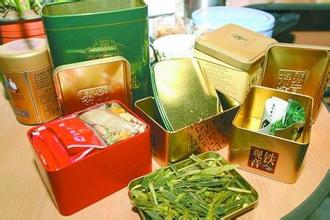
The Increase in Recycling of Tin Residues
Traditional tin ore reserves are declining. Tin mine waste is becoming increasingly significant. Modern processing techniques, particularly in fine ore treatment and smelting of low-tin content materials, have accelerated the recycling of tin residues. Tin waste now serves as a valuable resource for tin recycling, thereby providing a sustainable option given diminishing ore reserves.
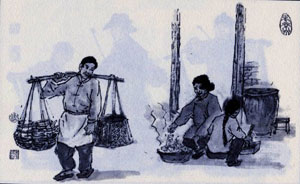
Addressing the Challenges of Tinplate Waste
Tinplate waste is a significant source of recycled tin and warrants particular attention. This waste stream originates from tin-coated thin steel and is crucial to the recycling process. With an annual global consumption of 18 000 000 tonnes, tinplate waste represents both a challenge and an opportunity for sustainable tin resource management.
Conclusion
In conclusion, tin recycling is an industrial necessity and a requirement for sustainability. Stanford Advanced Materials recognises the central role of recycling in ensuring the longevity of tin resources. As the world continues to rely on tin for technological progress, the tin recycling industry offers a sustainable method to meet the demands of a growing economy.

 Bars
Bars
 Beads & Spheres
Beads & Spheres
 Bolts & Nuts
Bolts & Nuts
 Crucibles
Crucibles
 Discs
Discs
 Fibers & Fabrics
Fibers & Fabrics
 Films
Films
 Flake
Flake
 Foams
Foams
 Foil
Foil
 Granules
Granules
 Honeycombs
Honeycombs
 Ink
Ink
 Laminate
Laminate
 Lumps
Lumps
 Meshes
Meshes
 Metallised Film
Metallised Film
 Plate
Plate
 Powders
Powders
 Rod
Rod
 Sheets
Sheets
 Single Crystals
Single Crystals
 Sputtering Target
Sputtering Target
 Tubes
Tubes
 Washer
Washer
 Wires
Wires
 Converters & Calculators
Converters & Calculators
 Write for Us
Write for Us
 Chin Trento
Chin Trento



